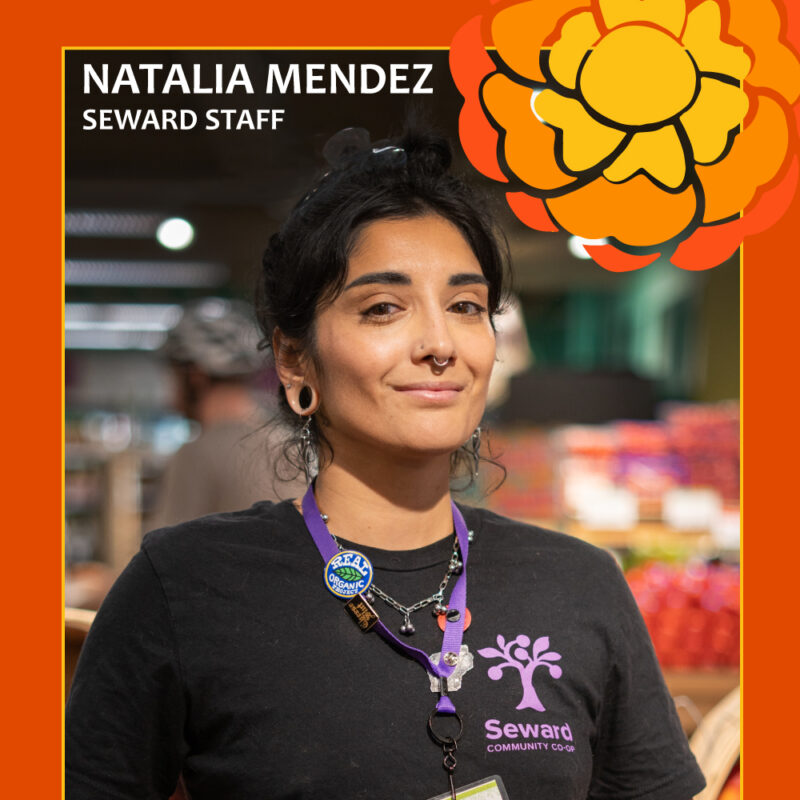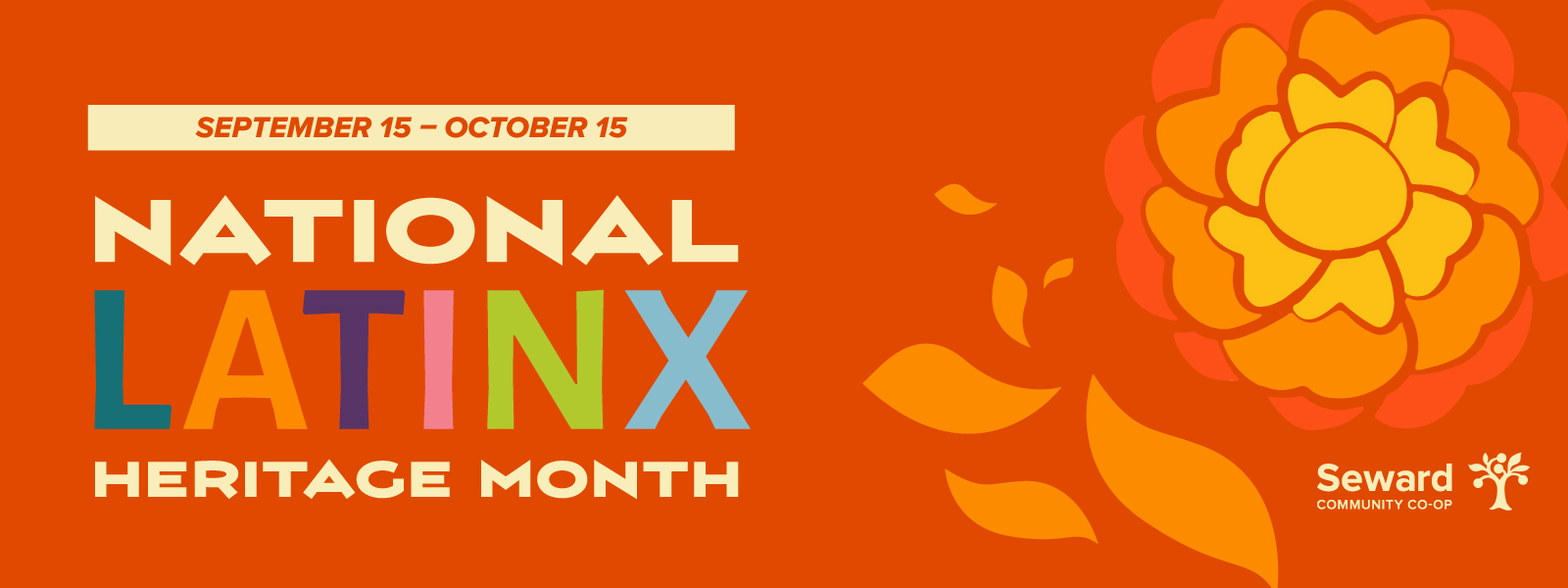 Sept. 15–Oct. 15 is known by many as Latinx or Hispanic Heritage Month. It began in 1968 as a single week under President Lyndon B. Johnson, and Ronald Reagan increased it to a month in 1988. Its purpose is to celebrate and honor the culture and contributions of those living in the United States whose ancestors came from Mexico, the Caribbean, Central and South America, and Spain.
Sept. 15–Oct. 15 is known by many as Latinx or Hispanic Heritage Month. It began in 1968 as a single week under President Lyndon B. Johnson, and Ronald Reagan increased it to a month in 1988. Its purpose is to celebrate and honor the culture and contributions of those living in the United States whose ancestors came from Mexico, the Caribbean, Central and South America, and Spain.
Although it may seem strange to start a heritage month in the middle of one, a handful of Latin American countries celebrate their independence on Sept. 15, like Nicaragua, Honduras, Costa Rica, El Salvador, and Guatemala. Mexican Independence Day is Sept. 16, and Chile celebrates theirs on Sept. 18.
This year, Indigenous People’s Day is Oct. 13, and we use the day to honor those who lived in the Americas before Columbus and colonization arrived in what is now known as the United States. The Indigenous people in North, Central, and Southern Americas had been here long before the Spaniards sailed across the ocean to exploit and pillage the fertile soils of the Americas.
This is why I personally choose to call this time period Latinx Heritage month. I do not choose to center European colonization with the term “Hispanic,” highlighting Spain’s colonization of my Indigenous ancestors. While I cannot change how history has reshaped my culture, I can choose what I call myself–Chicanx, an American-born person of Mexican descent–and I can choose how I celebrate: with loved ones who can help me hold the complex identity of today’s Latinxs that makes us a beautiful, diverse people with our own foods, celebrations, music, and traditions. This Latinx Heritage Month, I celebrate our tenacity, our vibrance, and survival.
I leave you with one of my favorite short poems from Gloria E. Anzaldúa:
“This land was Mexican once,
was [Indigenous] always
and is.
And will be again.”

